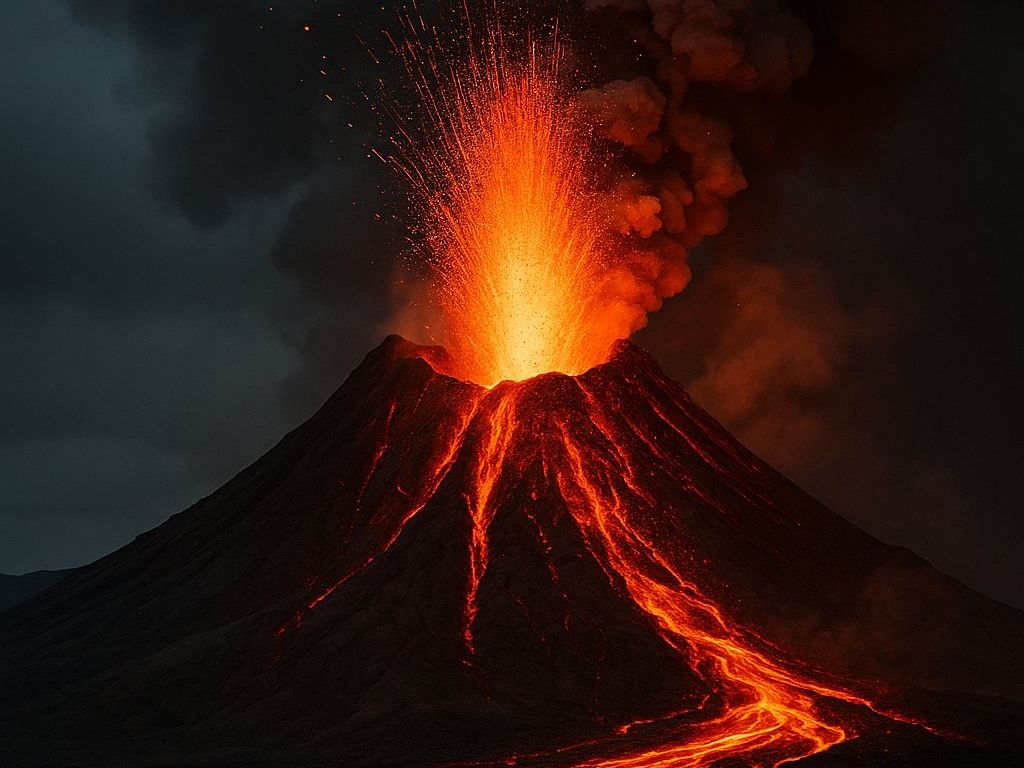Volcanoes are such drama queens. Only a few of nature’s other tantrums can compete with it for attention. From Pompeii’s destructive eruption to the Hunga Tonga social media sensation of 2022, we are about to examine the six most disruptive volcanoes in history.
Sure, you must have read about volcanoes before. You’ve probably also watched those red streams of fire flow down massive rocks on the screens of your TV. But nothing comes close to witnessing them with your own eyes.
If you are within a few miles of the volcano site, you would feel like the world was about to end. “It looked like war,” explained one of the witnesses of the 2002 Mount Nyiragongo volcano in Congo, Central Africa.
“You see lava on TV and think it moves slowly, right? Nah. This thing ripped through our subdivision like molten bulldozers.”
These magnificent events first begin with a vibration from under the feet. “The ground growled like a monster,” said the survivor of the 1991 Mount Pinatubo volcano in the Philippines. ”It started like thunder, but it didn’t stop.”
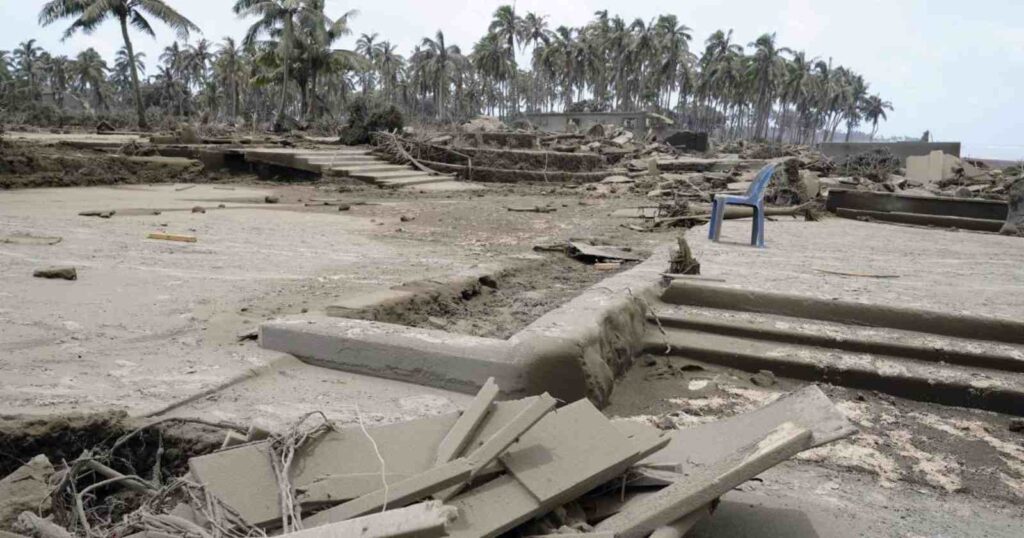
Nearby residents are usually face-to-face with a dark and thick evil cloud rising into the sky from the top of the troubled mountain. Depending on how close you are to the eruption, it may be time to run. The lava may be rolling with destructive intentions.
“You see lava on TV and think it moves slowly, right? Nah. This thing ripped through our subdivision like molten bulldozers,” said another.
The fury of the fiery liquid was more than enough to make houses burst into flames. Like the Mount Lewotobi Laki-laki volcano in July 2025, which caused the grounding of dozens of flights, many volcanoes throughout history have had a significant impact. Let’s see six of the most memorable and destructive ones.
Six of History’s Most Remarkable Volcanoes: Epic Eruptions that Changed Everything
The different volcanic eruptions throughout history stood out in terms of the level of damage they caused and the extent of disruption they brought to the world. Here are some of the most famous volcanic eruptions the world has ever seen.
- Mount Vesuvius: The Eruption that Froze Pompeii in Time
After days of earthquakes, Mount Vesuvius in Naples, Italy, decided to let it all out. It was 79 AD, and two of the Roman Empire’s famous cities, Pompeii and Herculaneum, lacked the modern-day information advantage to escape the impending devastation.

The terrifying explosion came next. It released energy 100,000 times that of the atomic bomb in Japan’s Hiroshima.
After many hours, the cities were covered in meters of ash and pumice, rising 108,000 feet into the sky; this debris rained down on the residents. But it was just the beginning.
Soon after, hot and poisonous gas began to flow down with fury. It choked at least 3,360 people to death and wiped Pompeii off the map. When the city was later discovered in the 18th century, it was nothing but a massive collection of archeological material.
- Tambora’s 1815 Eruption: The Volcano that Drove Summer Away
Sitting majestically on Indonesia’s Sumbawa Island is 4,300-meter-high Mount Tambora. On April 10, 1815, this mountain announced its presence to the world with the largest eruption in recorded history.
Following days of rumbling, it finally erupted, releasing ash, pumice, and sulfur into the atmosphere. The plume rose to 148,000 ft into the sky before falling all over the world.
The Tambora eruption of 1815 was a lesson on how one volcano can bring the world to its knees.
As usual, it was followed by pyroclastic flows that wiped out communities and resulted in massive tsunamis. The whole island was destroyed, and more than 71,000 lives were lost.
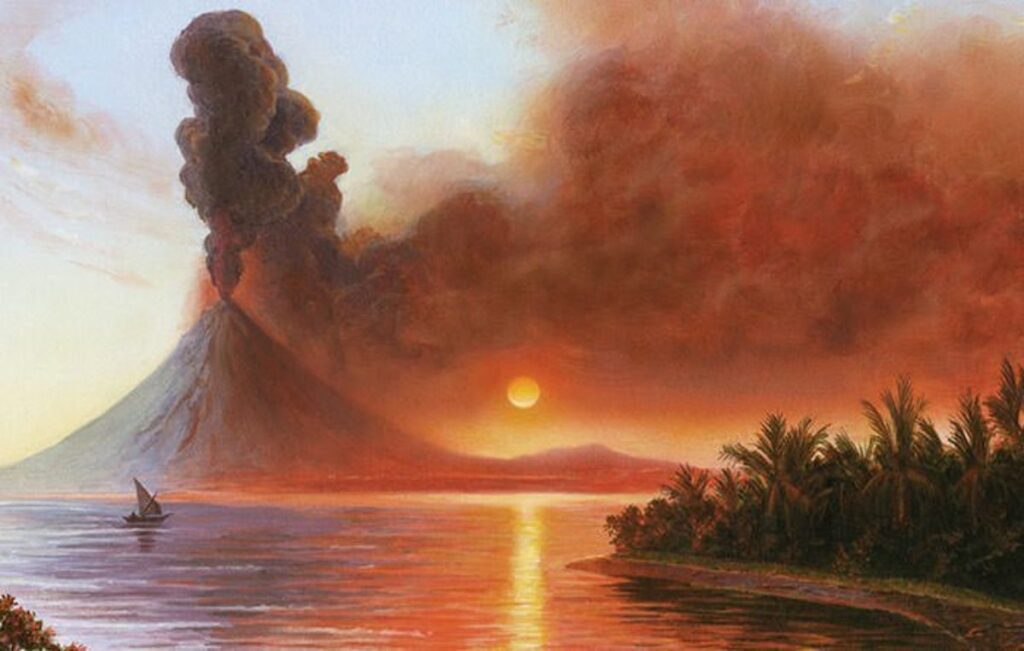
Crops and human health were also affected. While some died as a direct result of the volcano, others died from the resulting starvation and disease outbreaks.
The volcano was so catastrophic that its plume blocked the sun’s rays for days. Consequently, global temperatures dropped by 3 degrees Celsius.
This led to the famous 1816 “Year Without a Summer” when parts of Europe and America experienced snowfall in June. This was followed by frost and ice in July and August.
The Tambora eruption of 1815 was a lesson on how one volcano can bring the world to its knees. The lesson wasn’t well learned, as a similarly frightening volcano, some 70 years later, would reveal.
- Krakatoa’s 1883 Explosion: The Blast that Rocked the Foundations of the World
Krakatoa 1883 is one of the most outstanding volcanoes that have rocked the globe. It gave one of the most elaborate announcements. It rumbled and released ash into the air for months.
On August 27, the Indonesian volcanic island’s largest mountain erupted with four extremely powerful explosions. At 310 dB, it was the loudest sound ever recorded in history.
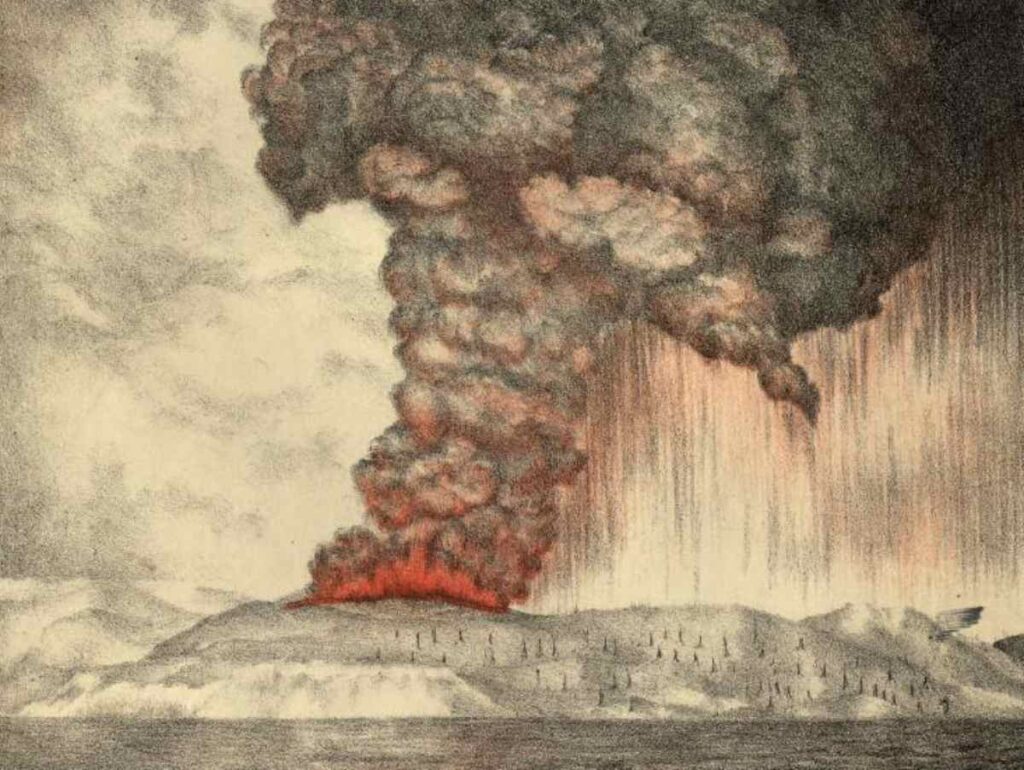
The blast was so loud that it was heard in Mauritius 4,800 km away. It was reported that the sound of the explosion went around the world several times.
A massive cloud of ash rose about 164,000 ft into the sky. The skies remained dark for many days.
Crops were choked to death by the ash that filled the atmosphere. Even the weather took a hit. Global temperatures fell by 0.4 degrees Celsius.
Thereafter, currents of hot gas flowed down the mountain and into the communities. Over 70% of the island was wiped out, and 36,417 bodies were found lifeless. Lava flowed into the sea, resulting in massive tsunamis.
Unlike the Vesuvius eruption of Pompeii and Herculaneum, the news of this eruption reached the rest of the world on the same day. Trade was greatly hindered in the Asian continent.
Agriculture and vegetation were also heavily affected. Crops were choked to death by the ash that filled the atmosphere. Even the weather took a hit. Global temperatures fell by 0.4 degrees Celsius. The sulphur in the air resulted in orange sunsets.
Interestingly, it was the Krakatoa eruption that made humanity take volcanoes more seriously. Volcano watchers sat up and put systems in place to be ready for the next eruption.
- Mount St. Helens: The 1980 Event that Brought Volcano Watchers on their Toes
The United States hosted one of the fiercest volcanoes in history. Attention shifted to Washington on May 18, 1980, when Mount St. Helens erupted, taking the lives of 57 people in the process.
Before that, the mountain had been issuing warnings. There were months of earthquakes, followed by a landslide. The eruption that came afterward was catastrophic.
The 1980 Mount St. Helens eruption accelerated the development of high-tech volcano monitoring equipment.
It raised ashy plumes 80,000 ft into the sky. Thereafter, it scattered the debris all across the country. Buildings, rivers, and roads were covered in the material.
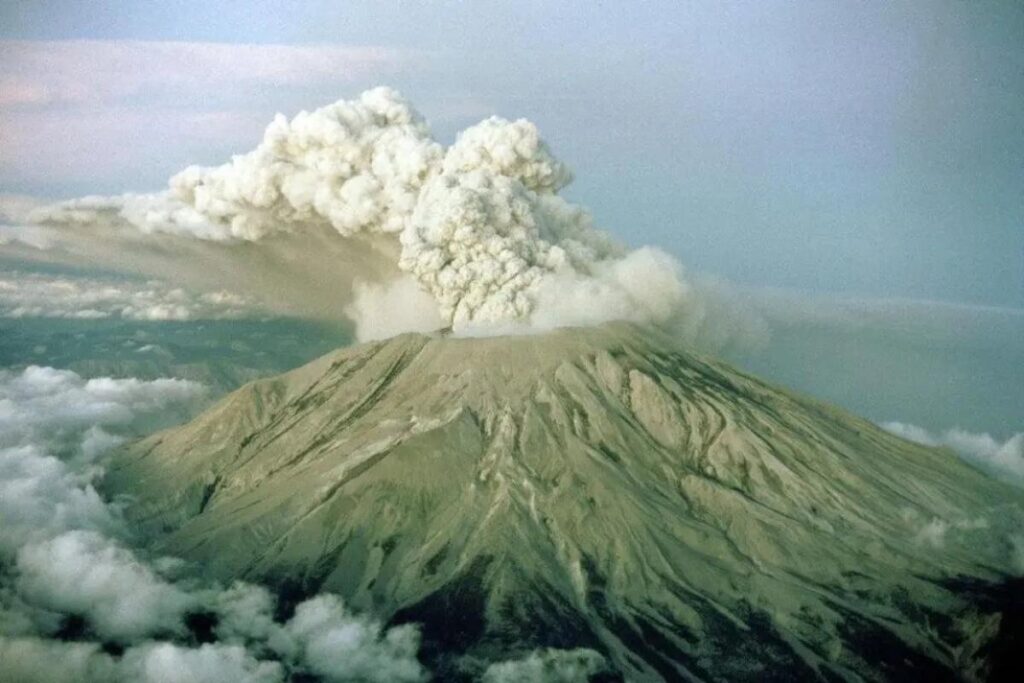
The explosion destroyed 230 square miles of forests, hundreds of homes, and spread poisonous gas to the population. The health of many was damaged, and over a billion dollars worth of property was lost.
The 1980 Mount St. Helens eruption accelerated the development of high-tech volcano monitoring equipment. Scientists learned how to use GPS and underground movements in predicting volcanoes. Additionally, politicians began to focus more on environmental issues.
- Eyjafjallajokull 2010: The Eruption that Grounded Planes Across the Globe
In 2010, the global aviation industry suffered a significant impact from a volcanic eruption in Iceland. For six days in April, flights were suspended across Europe. More than 100,000 flights were affected by the incident.
It all began in March when the Eyjafjallajökull mountain suddenly erupted into a rage. But the major event happened in April. This time, it vomited ash plumes that travelled up more than 90,000 ft into the sky.
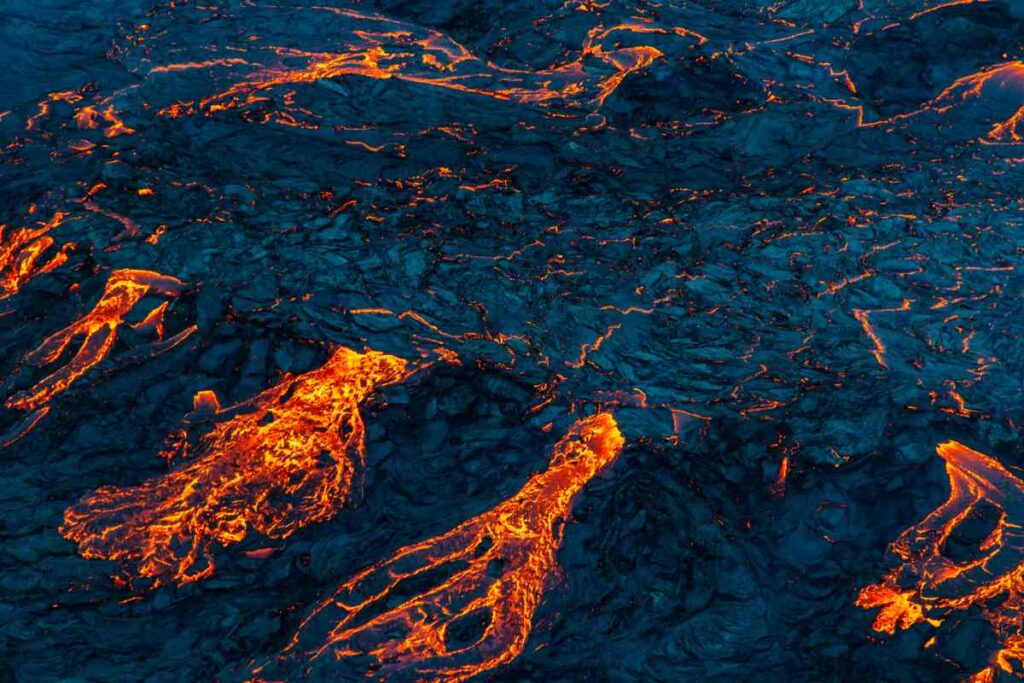
Although there was no loss of life, the Eyjafjallajökull 2010 eruption is remembered for the large-scale disruptions it caused. By the time the mountain had cooled, the global economy had lost $4.7 billion. Why was this the case?
The ash plumes it released spread far and wide. They filled the air and were a danger to jet engines. This disappointment caused the aviation industry to fortify its ash cloud management systems. A blessing in disguise, right?
- The 2022 Hunga Tonga Eruption: The Darling of Social Media
The most recent of these volcanoes happened in 2022. Popularly known as the Hunga Tonga 2022 eruption, this incident was widely covered by the media and remained the top news on the internet for several days.
The water vapor blast resulting from the eruption is likely warming the Earth by 0.004 degrees Celsius.
Smartphone users had the privilege of seeing satellite images and videos of the eruption. Photos of the tsunami it triggered in the Pacific Ocean were also a popular sight.
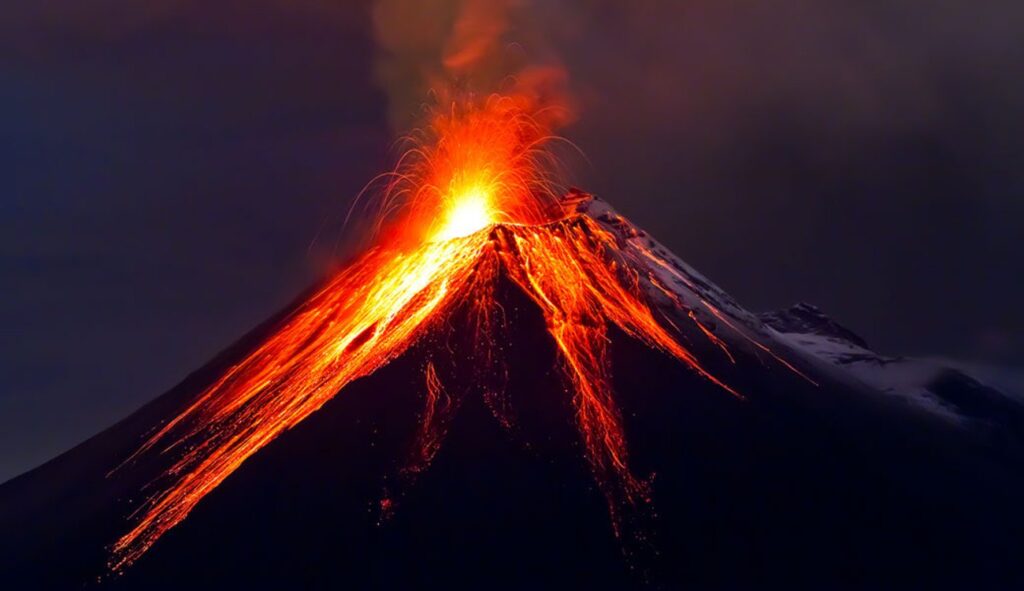
It all began in December 2021 when an underwater volcano in the South Pacific, Hunga Tonga-Hunga Ha’apai, began to rumble. The volcano finally erupted on January 15, 2022, causing a massive disturbance in the ocean.
The impact on the water body introduced about 50 million tons of water into the stratosphere. Many Pacific dwellings were affected by the giant invasions of water. The tsunami ravaged a large chunk of Japan and Peru. In addition, the incident damaged property worth over $1 billion.
According to climate experts, the water vapor blast resulting from the eruption is likely warming the Earth by 0.004 degrees Celsius. This warming is expected to continue for some years.
Volcanoes Will Be Volcanoes
Just like humans, volcanoes have their nature. First, they sit still. Then, whenever they get fed up of being ignored, they erupt and disrupt. They’ve always acted this way, and there’s no sign that they plan to change anytime soon.

Of course, there will be volcanoes in the future. Right now, one is warming up somewhere in the world. Hopefully, not anywhere close to you. All we need to do is keep a close eye out for the signs. Because, thankfully, there will always be signs.
The next volcano may be mild or as boisterous as the ones we have examined. But as long as the experts do what is required, human lives will be spared from their wrath.
While we await the next big temper tantrum, we can bask in the knowledge of its predecessors. So, let’s discuss. Which of these six volcanoes did you find most fascinating?


